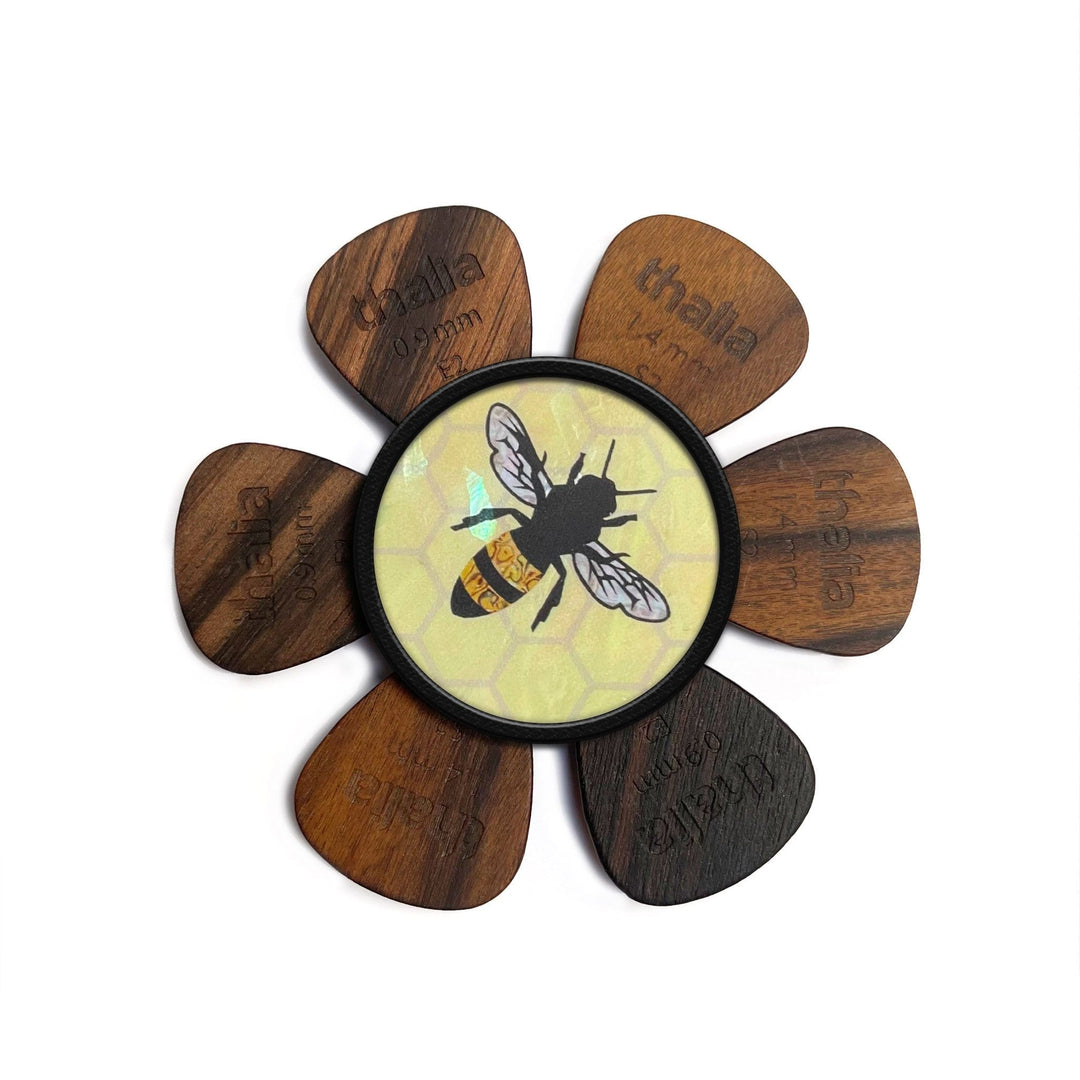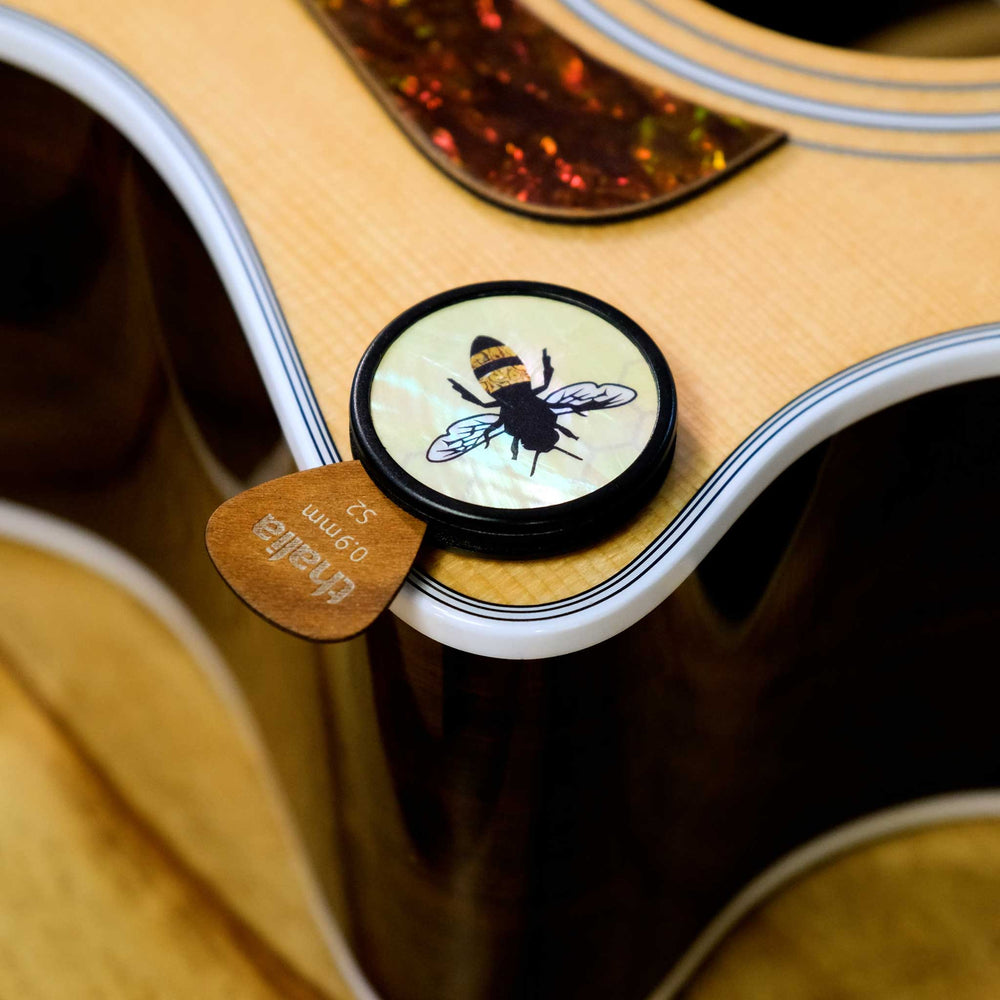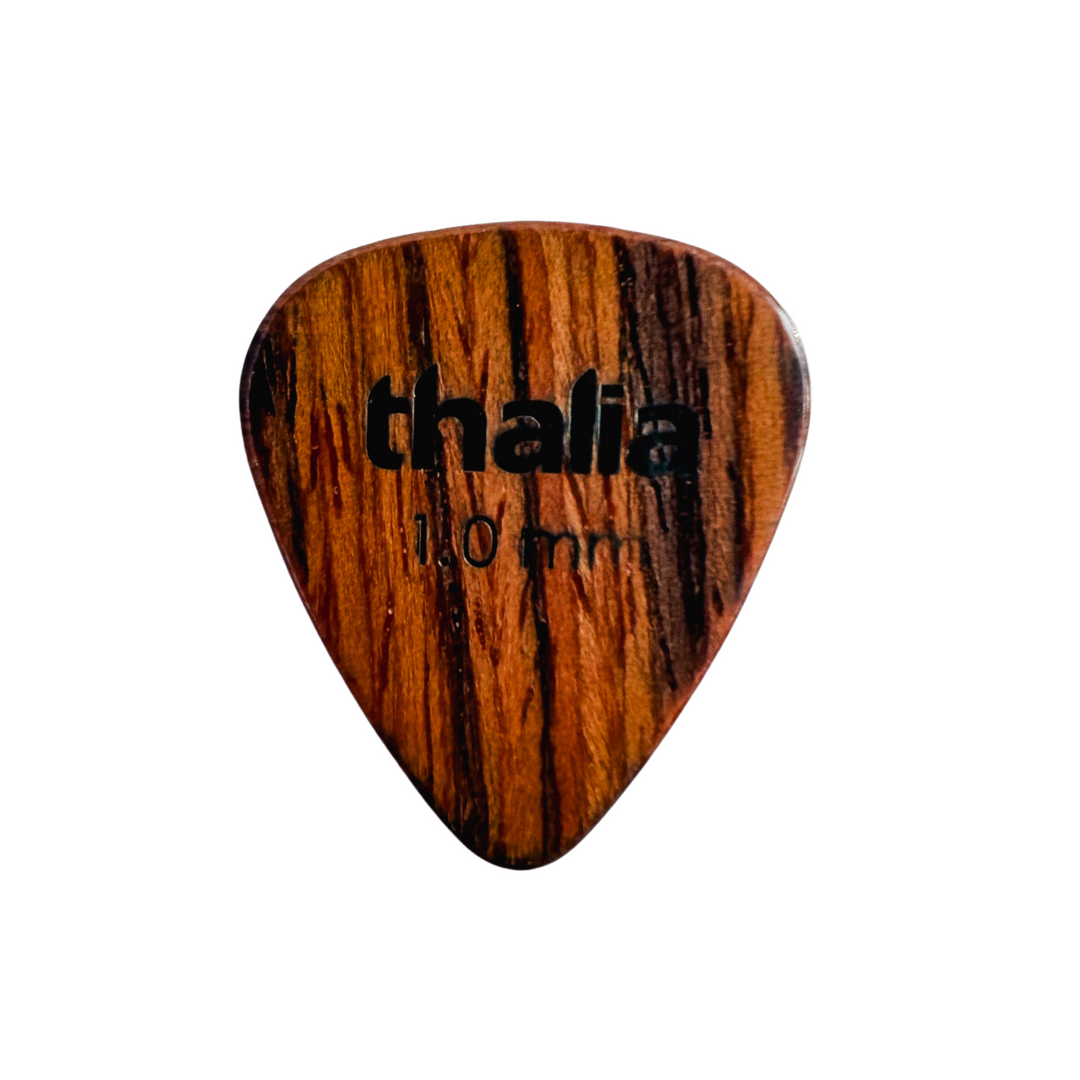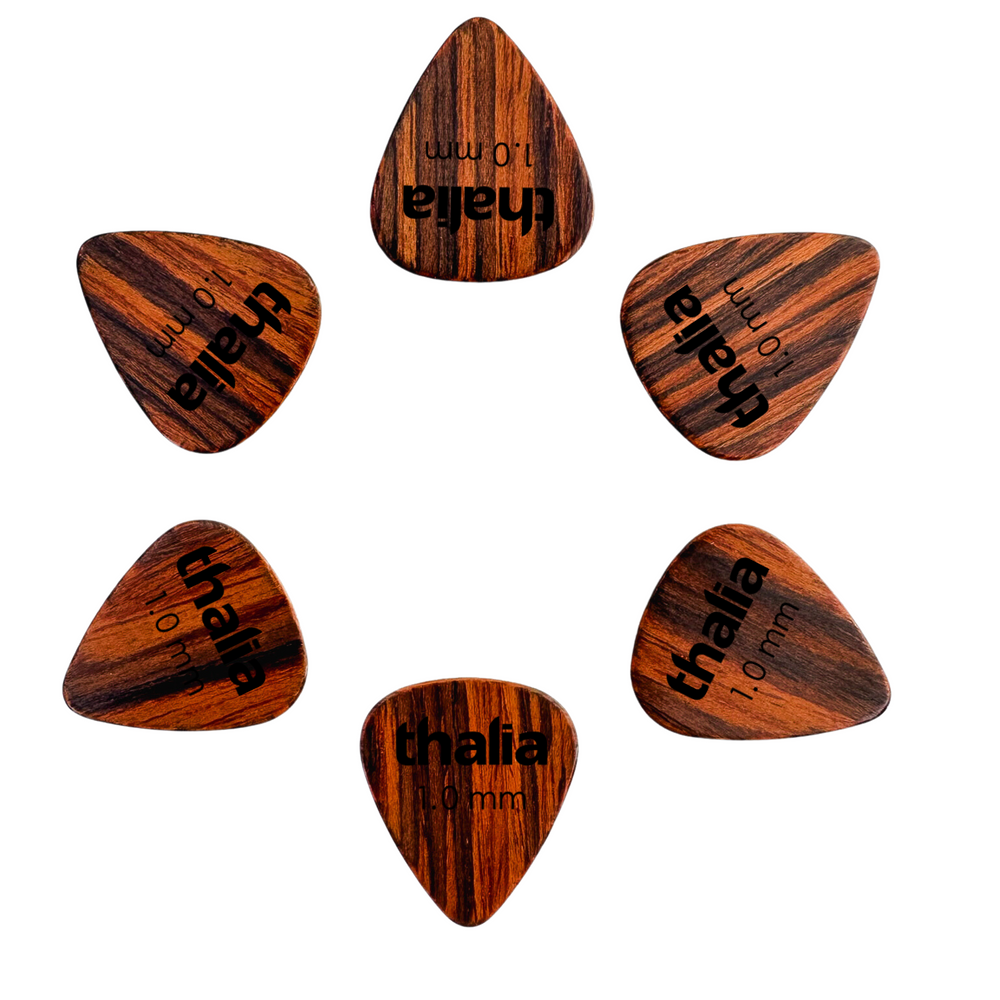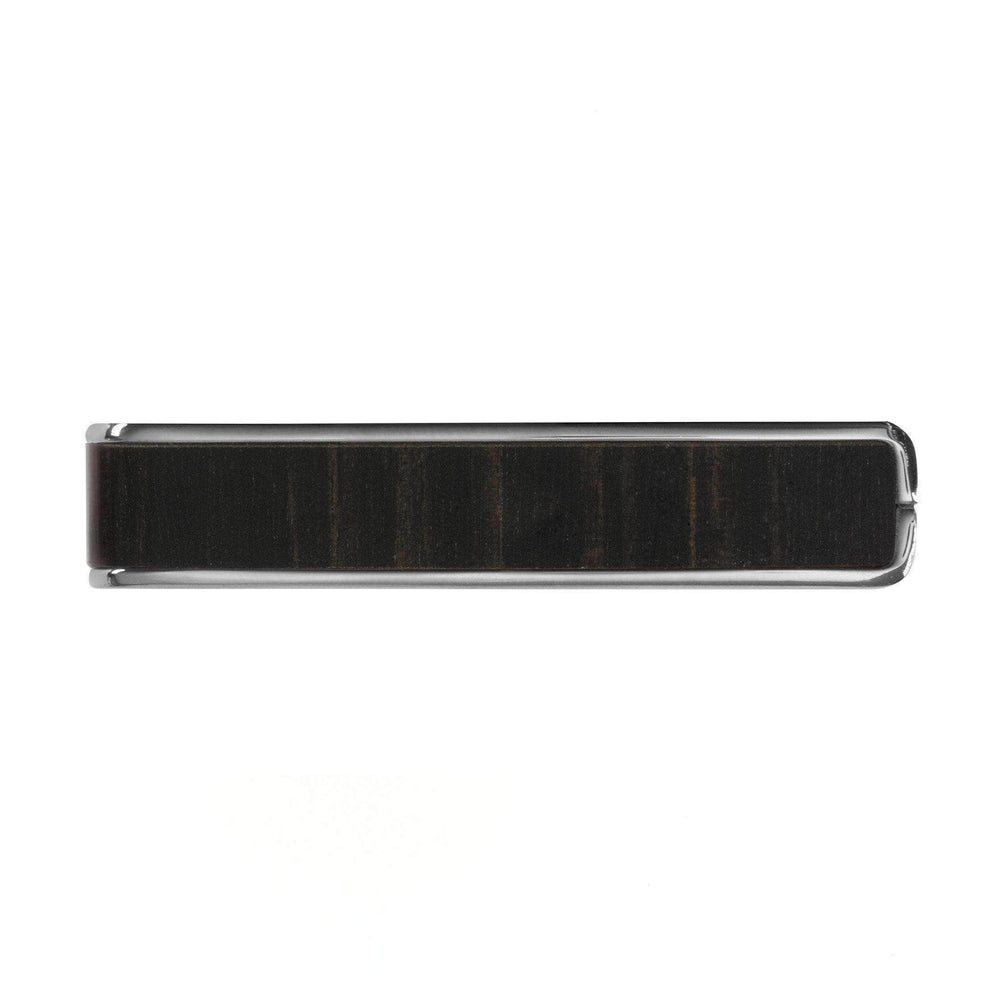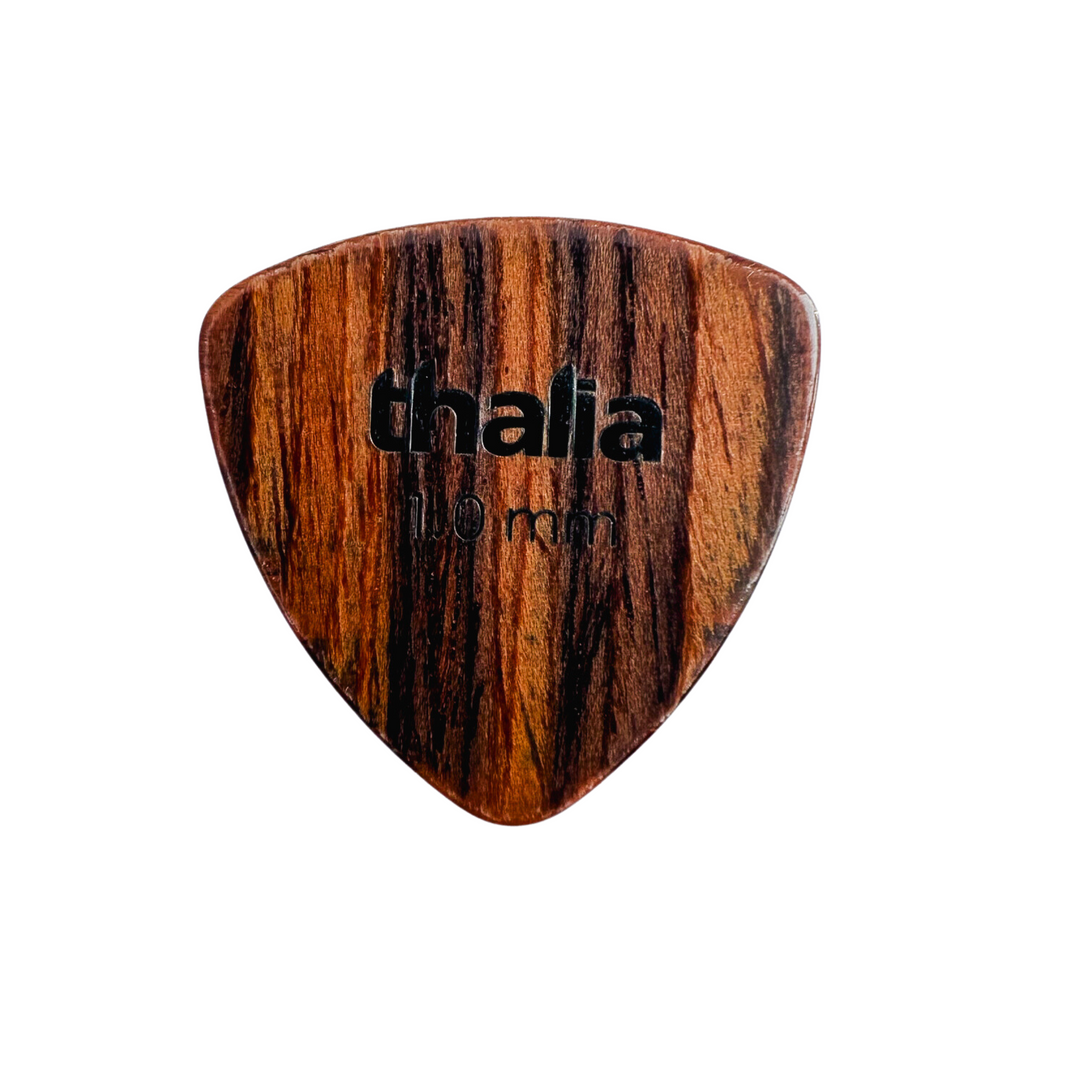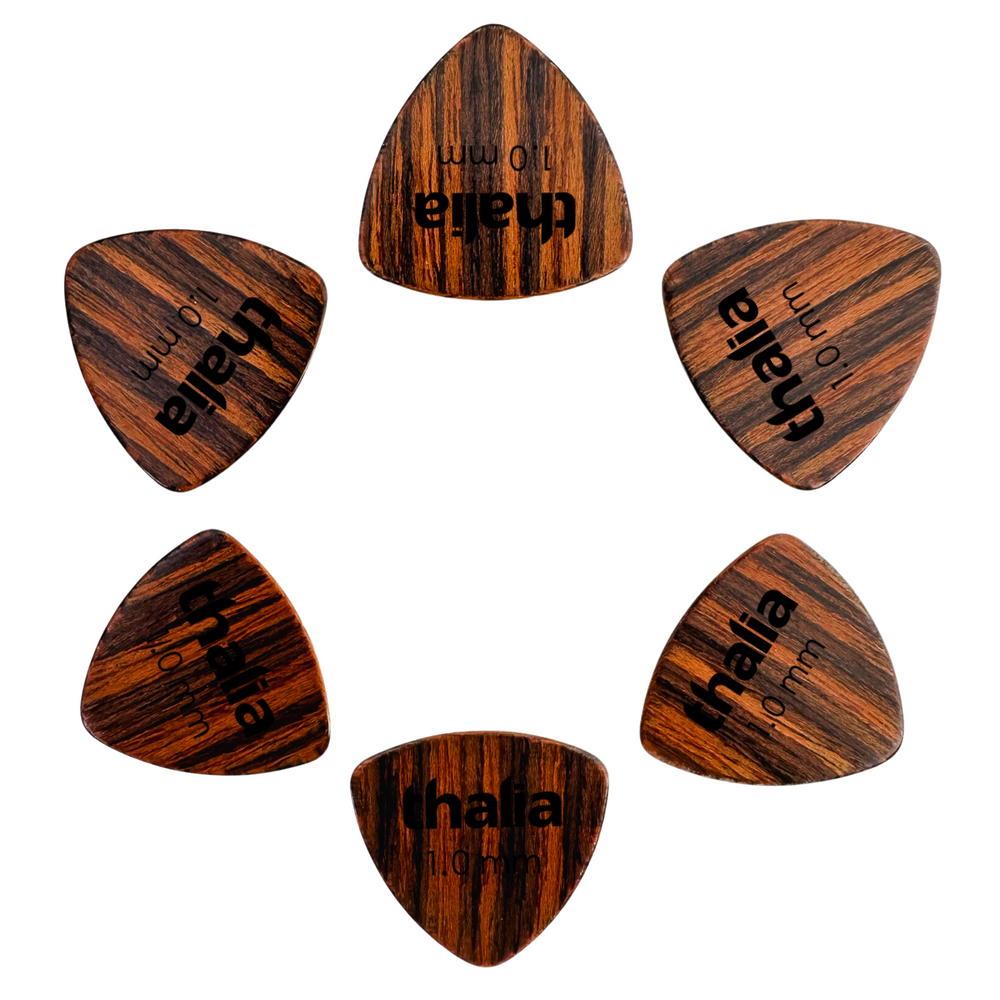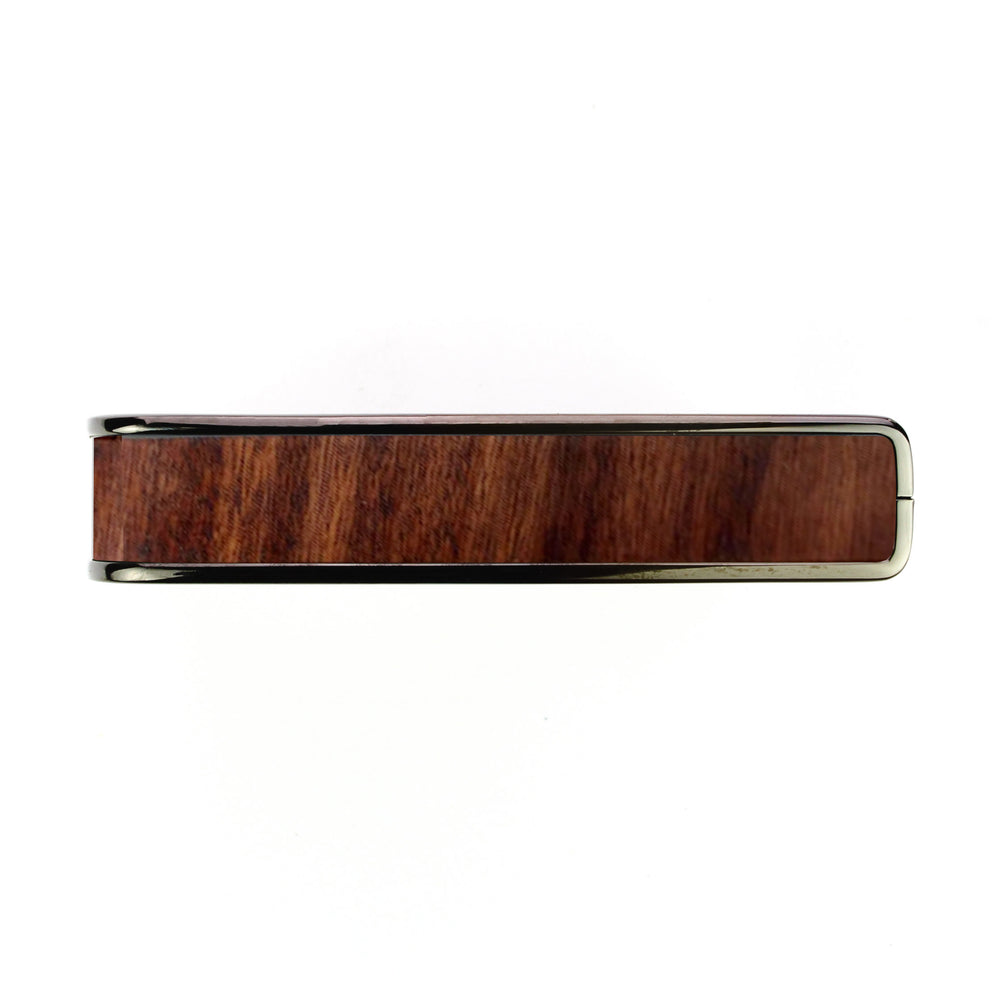The Tree: The story of the world’s most coveted tonewood

“When I picked it up, I was completely humbled. It was a shock-and-awe moment. It changed everything I’d ever thought about acoustic guitars leading up to that point… It was the most amazing acoustic guitar I’d ever played or heard.”
When it comes to guitars, it takes a lot to impress Guns N’ Roses guitarist Slash. The top-hatted axe-wielder owns more than 100 instruments, with plenty of vintage Gibson Les Pauls, Martin D-18s and Gibson J-200s featuring in his collection.
But then, the guitar Slash was playing was quite unlike any other instrument in existence. Built by master guitar maker Reuben Forsland, the JOI jumbo acoustic Slash played that day was made from “the Tree.”
“The Tree” is something of a legend in guitar luthier circles. It’s the source of a mythic, unusually dense, centuries old mahogany that’s uniquely quilted, uniquely beautiful, and coveted by master guitar builders and their rock star clients. If you want a guitar made from this legendary wood though, it’ll come at a price – somewhere in the region of $30,000 to $40,000.
But what is “the Tree,” and where did it come from? Read on and find out…
Origins
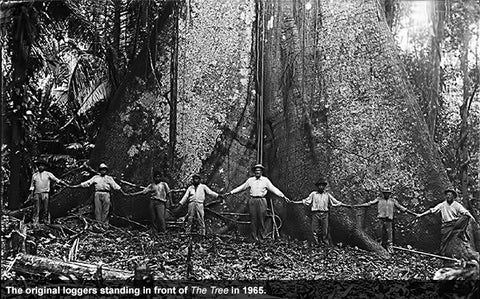 The story of “the Tree” begins in 1965. Deep in the Honduran rainforest jungle of Chiquibu, a small group of loggers happened upon a ginormous mahogany. And when we say ginormous, we mean it! Over 100 foot high and ten feet in diameter at the base, it was so big as to almost defy comprehension. It was old, to boot: over 500 years old, it would later be estimated.
The story of “the Tree” begins in 1965. Deep in the Honduran rainforest jungle of Chiquibu, a small group of loggers happened upon a ginormous mahogany. And when we say ginormous, we mean it! Over 100 foot high and ten feet in diameter at the base, it was so big as to almost defy comprehension. It was old, to boot: over 500 years old, it would later be estimated.
Just from looking at “the Tree,” the loggers could tell it was a desirable wood source. But actually felling the monster was another thing entirely. When you realise that the tree was wider than a bus, it gives you an idea of that insanity of the undertaking. But, undertake they did.
It took weeks. But, inch-by-inch, they chipped away at the base until, finally, “the Tree” was ready to fall. It was then, however, that the story took an unexpected turn. The tree did come down, though not as the loggers had intended. In a cruel twist of fate, it fell backwards, into a ravine. After weeks of work, the loggers were unable to retrieve the gargantuan mahogany.
10 years later…
 For a decade after it was cut down, the Tree sat at the bottom of the ravine, unrecoverable by the loggers that cut it down. It wasn’t until the late 1970s that sawmill owner Alan Mauney rediscovered it. He, in turn, mentioned it to Robert Novak – an American who specialized in the import of rosewood. Novak happened to be in Belize at the time, and upon visiting “the Tree,” he “recognized its significance almost immediately.”
For a decade after it was cut down, the Tree sat at the bottom of the ravine, unrecoverable by the loggers that cut it down. It wasn’t until the late 1970s that sawmill owner Alan Mauney rediscovered it. He, in turn, mentioned it to Robert Novak – an American who specialized in the import of rosewood. Novak happened to be in Belize at the time, and upon visiting “the Tree,” he “recognized its significance almost immediately.”
The problem, though, was working out how to get the giant mahogany out of the ravine into which it had fallen some ten years earlier. Ultimately, he decided to cut “the Tree” into quarters, and then cut those quarters to length. The pieces were then dragged out of the ravine using tractors, transported through 100 miles of dangerous jungle before being floated 70 miles downstream in an old fashioned sawmill.
Shipped to the US and kiln dried, “the Tree” soon became a hot commodity. But, not in the guitar making community…
From furniture to fretted instruments
 In the early 1980s, the pervading belief amongst guitar luthiers was that mahogany – when compared to the likes of rosewood – was a subpar tonewood. And, as such, guitar makers were disinterested in it. For furniture makers, however, it was a different story. Given its striking aesthetic qualities, “the Tree’s” wood quickly proved in demand for bespoke conference tables, cabinets and furnishings, often for high-end clients. George Lucas, for example, is rumoured to have panelled his office with it.
In the early 1980s, the pervading belief amongst guitar luthiers was that mahogany – when compared to the likes of rosewood – was a subpar tonewood. And, as such, guitar makers were disinterested in it. For furniture makers, however, it was a different story. Given its striking aesthetic qualities, “the Tree’s” wood quickly proved in demand for bespoke conference tables, cabinets and furnishings, often for high-end clients. George Lucas, for example, is rumoured to have panelled his office with it. It would be another decade before guitar luthiers cottoned on to “the Tree’s” unique properties. In no small part, this was down to the efforts of guitar makers like Tom Ribbecke and Richard Hoover, who were taken by the unique look of the material. Soon, they realised that, just as it didn’t look like your run-of-the-mill piece of mahogany, it didn’t sound like it either. As master guitar maker Harvey Leach would note:
It would be another decade before guitar luthiers cottoned on to “the Tree’s” unique properties. In no small part, this was down to the efforts of guitar makers like Tom Ribbecke and Richard Hoover, who were taken by the unique look of the material. Soon, they realised that, just as it didn’t look like your run-of-the-mill piece of mahogany, it didn’t sound like it either. As master guitar maker Harvey Leach would note:
It sounded magical… nothing like mahogany but more like the very best [Brazilian] rosewood, with this astonishing clarity and bass response."
Soon, as these instruments started hitting the market, word about the mythical wood got out. That’s when the a-list guitar heroes started clamouring for an instrument made out of “the Tree,” and the legend of the unique tonewood was born.
Now you know how “the Tree” came to be, but we’ve only just scratched the surface of this amazing wood. In the next edition of this blog, we’ll be getting to grips with its one-of-a-kind tonal and aesthetic qualities, trying to understand what exactly makes “the Tree” so distinctive, and asking exactly how much of the legendary wood is left.









